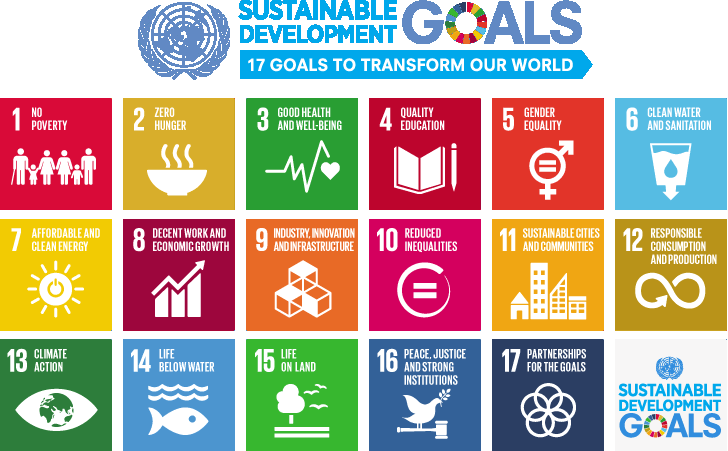First Global Estimates for WASH for the SDG's Released
Published on by Water Network Research, Official research team of The Water Network in Government
WHO, UNICEF release first global estimates for water, sanitation and hygiene for the Sustainable Development Goals.

The Joint Monitoring Programme report, Progress on Drinking Water, Sanitation and Hygiene: 2017 Update and Sustainable Development Goal Baselines, presents the first global assessment of “safely managed” drinking water and sanitation services. The overriding conclusion is that too many people still lack access, particularly in rural areas.
Some 3 in 10 people worldwide, or 2.1 billion, lack access to safe, readily available water at home, and 6 in 10, or 4.5 billion, lack safely managed sanitation, according to a new report by the World Health Organization (WHO) and UNICEF.
Significant inequalities persist
In order to decrease global inequalities, the new SDGs call for ending open defecation and achieving universal access to basic services by 2030.
Of the 2.1 billion people who do not have safely managed water, 844 million do not have even a basic drinking water service. This includes 263 million people who have to spend over 30 minutes per trip collecting water from sources outside the home, and 159 million who still drink untreated water from surface water sources, such as streams or lakes.
In 90 countries, progress towards basic sanitation is too slow, meaning they will not reach universal coverage by 2030.
Of the 4.5 billion people who do not have safely managed sanitation, 2.3 billion still do not have basic sanitation services. This includes 600 million people who share a toilet or latrine with other households, and 892 million people – mostly in rural areas – who defecate in the open. Due to population growth, open defecation is increasing in sub-Saharan Africa and Oceania.
Good hygiene is one of the simplest and most effective ways to prevent the spread of disease. For the first time, the SDGs are monitoring the percentage of people who have facilities to wash their hands at home with soap and water. According to the new report, access to water and soap for handwashing varies immensely in the 70 countries with available data, from 15 per cent of the population in sub-Saharan Africa to 76 per cent in western Asia and northern Africa.
Additional key findings from the report include:
• Many countries lack data on the quality of water and sanitation services. The report includes estimates for 96 countries on safely managed drinking water and 84 countries on safely managed sanitation.
• In countries experiencing conflict or unrest, children are 4 times less likely to use basic water services, and 2 times less likely to use basic sanitation services than children in other countries.
• There are big gaps in service between urban and rural areas. Two out of three people with safely managed drinking water and three out of five people with safely managed sanitation services live in urban areas. Of the 161 million people using untreated surface water (from lakes, rivers or irrigation channels), 150 million live in rural areas.
Read full report: UNICEF
Media
Taxonomy
- Drinking Water Security
- Drinking Water Treatment
- Water Access
- Water Supply
- Sanitation
- Access
- Water & Sanitation
- Water Supply
- Drinking Water Managment
- Drinking Water
- Water Sanitation & Hygiene (WASH)
1 Comment
-
Excellent report. Somalialnd is part of those statistics.